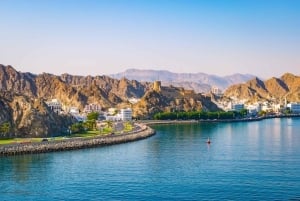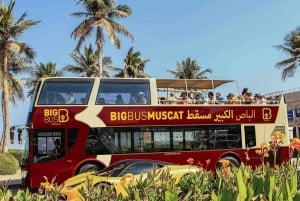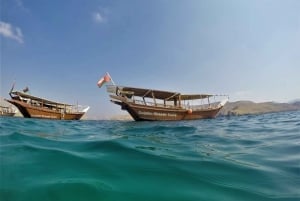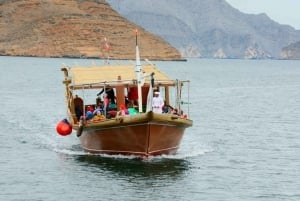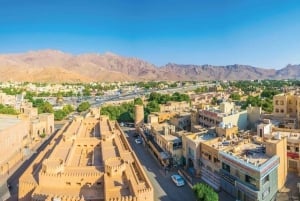Al Dhahirah
The Al Dhahirah region consists of three williyats, Ibri, Yanqul and Dank and its population is around 205,000 inhabitants. Ibri is the main town and the administrative centre.
Ibri is situated 307km from Muscat and it is thought that it gained its name from the Arabic root which means traversing or crossing. Ancient traders used Ibri as a resting place along the caravan trade route but in modern times it is oil and gas which provide the source of the economy.
The people of the region keep their warrior history and tradition alive by regularly performing their ancient songs and dances and skilful displays of their swordsmanship.
Historians will love Ibri for its historical sites such as the Bat Tombs which date back to 3000BC. Ibri fort is over 400 years old and is decorated with engravings and embellishments. Other forts and castles to explore are as Ash Shahshah, Ad Dareez, Al Iraqi and Al Ghabi.
Natural springs occur at Al Hadithah and Al Jenat and a visit to Al Kitten Cave will reveal ancient inscriptions instead of furry felines! Waterfalls and breathtaking landscapes can be seen at the mountain of Al Kur in Wadi Al Ain.
Crafts are a significant part of the region with leather work, pottery and basket weaving from palm fronds practiced to this day. Woven saddle bags for camels and Omani halwa are also produced here.
Dhank is a popular destination for its caves, wadis and natural springs including Wadi Dhank, Wadi Al Fath and Wadi Qumaira.
Yanqul is situated 324 Km from Muscat, in the northeast of Oman and the williyat has adopted its most important landmark, the mountain Jebel Al Hawra as its emblem. From the top of this jebel ancient ruins can be spotted. Interesting crafts in Yankul include gold forging and sugar making.




